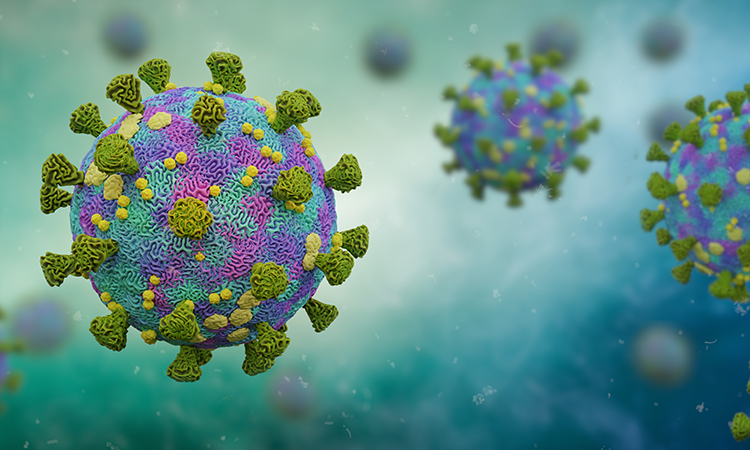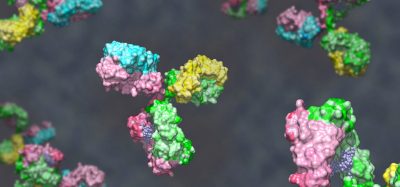New protein that enables SARS-CoV-2 access into cells identified
Posted: 27 January 2022 | Victoria Rees (Drug Target Review) | No comments yet
Researchers have found that extracellular vimentin facilitates SARS-CoV-2 entry into human cells, presenting a new target.


A team of researchers from the Boston University School of Medicine (BUSM), US, has identified extracellular vimentin as an attachment factor that facilitates SARS-CoV-2 entry into human cells. According to the scientists, vimentin is a structural protein that is widely expressed in the cells of mesenchymal origin such as endothelial cells and is a potential novel target against the virus, as it could be used to block infection from SARS-CoV-2.
The researchers highlight that entry of SARS-CoV-2 into human cells is an essential step for virus transmission and the development of COVID-19. Although the lung epithelial cells are its initial target, SARS-CoV-2 also can infect endothelial cells, which are the major constituents of the vascular system and cardiovascular complication is a hallmark of severe COVID-19.
Angiotensin-converting enzyme 2 (ACE2) is a known entry receptor for SARS-CoV-2, but the possible involvement of other cellular components in the viral entry is not fully understood.
In their study, published in Proceedings of the National Academy of Sciences, the researchers used liquid chromatography–tandem mass spectrometry (LC-MS/MS) and identified vimentin as a protein that binds to the SARS-CoV-2 spike (S) protein and facilitates infection from the virus. They also found that depletion of vimentin significantly reduces SARS-CoV-2 infection of human endothelial cells. In contrast, over-expression of vimentin with ACE2 significantly increased the infection rate.
“Severe endothelial injury, vascular thrombosis and obstruction of alveolar capillaries are common features of severe COVID-19. Identification of vimentin as a host attachment factor for SARS-CoV-2 can provide new insight into the mechanism of SARS-CoV-2 infection of the vascular system and can lead to the development of novel treatment strategies,” said corresponding author Associate Professor Nader Rahimi. “More importantly, we saw that the CR3022 antibody inhibited the binding of vimentin with the S protein and neutralised SARS-CoV-2 entry into human cells.”
Related topics
Disease Research, Drug Targets, Molecular Targets, Protein, Proteomics
Related conditions
Covid-19
Related organisations
Boston University School of Medicine (BUSM)
Related people
Associate Professor Nader Rahimi








